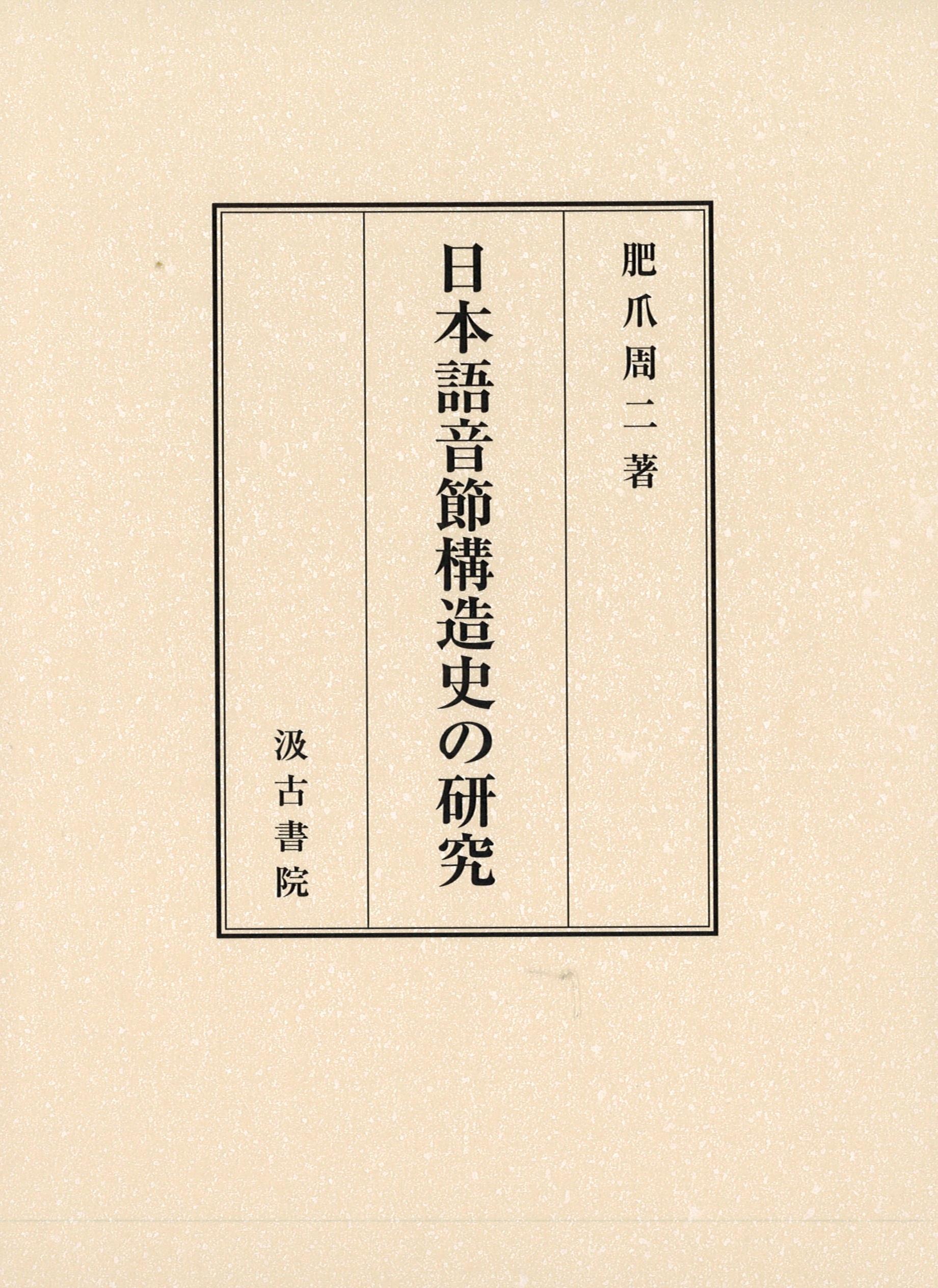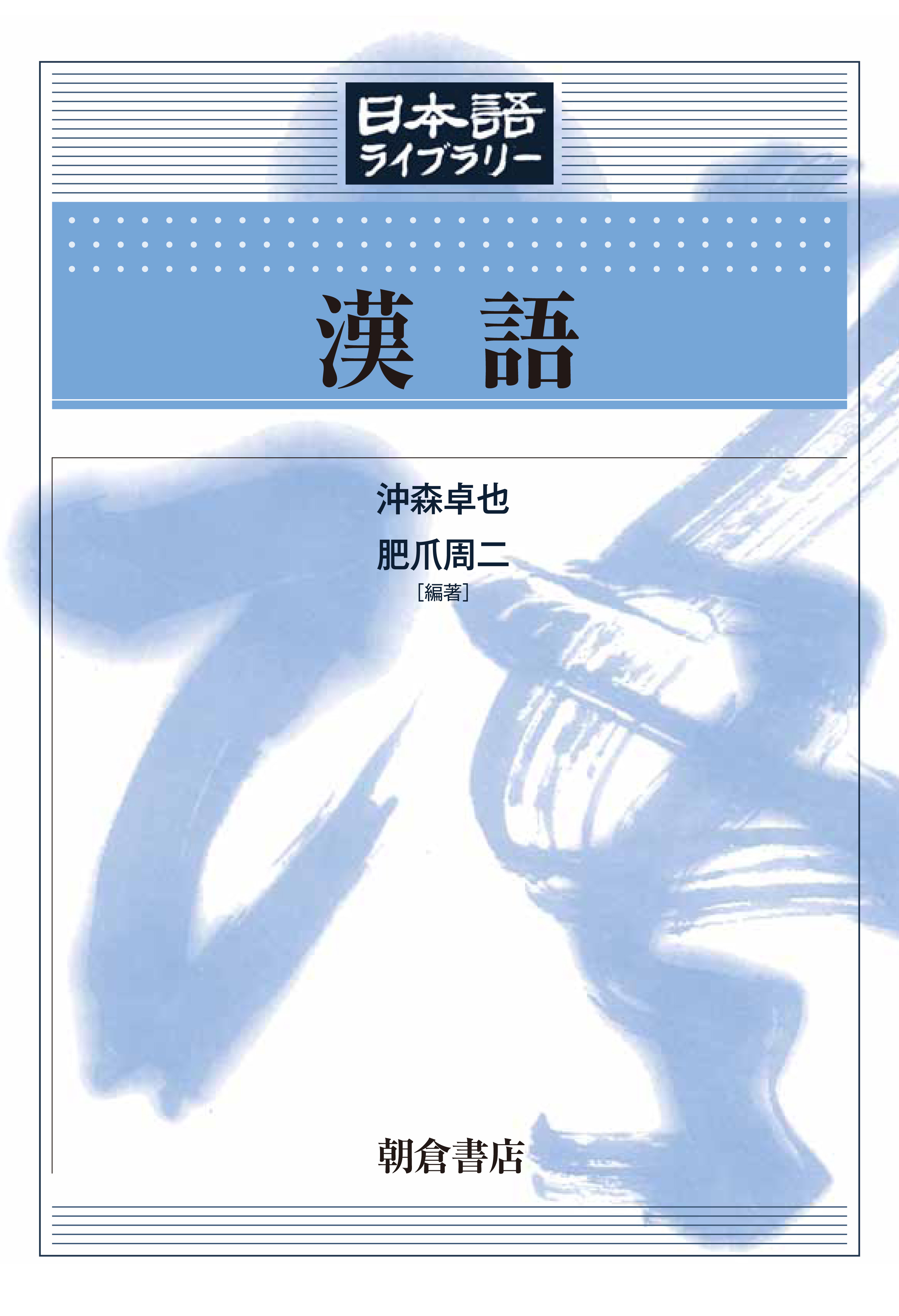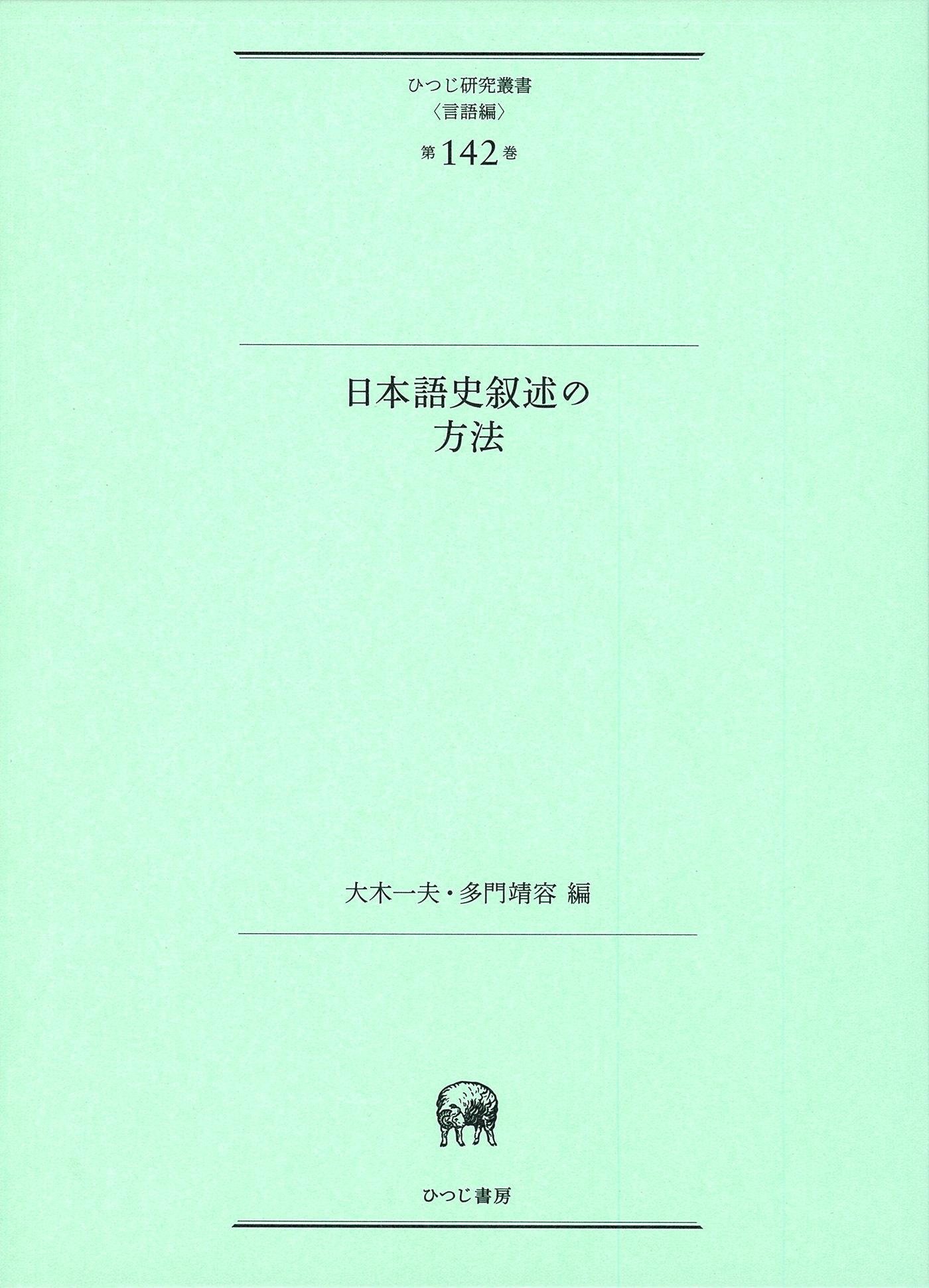
Title
Nihon-go Onsetsu Kozo-shi no Kenkyu (A study of the history of Japanese syllable structure)
Size
700 pages, A5 format
Language
Japanese
Released
January 18, 2019
ISBN
9784762936395
Published by
Kyuko Shoin
Book Info
See Book Availability at Library
Japanese Page
This book addresses the history of fundamental elements of Japanese phonology, such as yō-on (palatalized and labio-velarized syllables), diphthongs and long vowels, hatsu-on (the moraic nasal in the modern Tokyo dialect) and soku-on (geminate consonants), and sei and daku consonants (voiceless and voiced consonants in the modern Tokyo dialect).
Historically, Japanese phonology was the first branch of Japanese studies to be undertaken since the start of the modern period, and its study has seen many major achievements. However, over time, the maturation of the field has led to stagnation in research, even though not every phonology problem has been solved. There remain many unaddressed phenomena for which different hypotheses coexist, and other phenomena still allow room for a new interpretation. However, due to the generational change of researchers, the current common understanding of Japanese historical phonology in academic circles has receded to the level of textbooks.
I am proud to claim that this book breathes new life into the research on and history of Japanese phonology. This book addresses outstanding questions and simultaneously takes up diverse phenomena for which researchers have failed to recognize the underlying problem. In particular, it presents new findings that could affect the content of textbooks in the following areas. First, starting with the biased distribution of kaiyō-on in the row of syllables ending with the vowel u (there are only shu and jyu in principle), the book considers the issue of kaiyō-on (CjV) and gōyō-on (CwV) as foreign sounds. It expands the discussion to include the problems of vowel lengthening in CVU syllables and changes in syllabic organization. Although some of these facts have been pointed out previously, this book tries to capture them comprehensively from a unique viewpoint.
Second, the book challenges the conventional view that there were two hatsu-on with a fixed sound, /-m/ and /-n/, in the Heian Period, and reinterprets the /-n/ as a quantitative nasal /-X/ whose realization is dependent on the subsequent sound. This allows us to explain a considerable number of facts that could not be explained by conventional views, including those that do not distinguish two hatsu-on. It also provides an opportunity to give a rational interpretation of the asymmetry of mora nasals and geminate consonants in contemporary Japanese. Additionally, it predicts the existence of a kind of soku-on with a fixed sound parallel to the hatsu-on /-m/, and demonstrates that euphonic changes in quadrigrade verbs in the “pa” line spelled with ム may have followed the spelling of the Φ euphonic change.
As for the origin of rendaku, while the book actively endorses the widely held view that daku consonants have a property similar to an accent, it proposes “the internal boundary enhancement theory (repartition theory),” which differs markedly in motivation from conventional theories. This theory is shown to comprehensively explain the properties of rendaku. It explains that daku consonants did not occur at the beginning of a word and appear at most once in a simple word, which was not reflected in hiragana or katakana, and accompanied a prenasal sound in ancient Japanese whose trace can be found in many contemporary dialects of Japanese.
Thus, this book presents many novel hypotheses and theories. Where there remain unexplored facts in the standard phonological account, a completely different and more reasonable account is given in this book. I hope that young researchers will undertake their research with such an unbiased spirit.
(Written by HIZUME Shuji, Professor, Graduate School of Humanities and Sociology / 2019)



 Find a book
Find a book



